|
КАТЕГОРИИ
 Всё о велосипедах и электровелосипедах, технический раздел. Всё о велосипедах и электровелосипедах, технический раздел.
 Велотуризм. Велотуризм.
 Art Раздел Art Раздел
 Bicycle touring Bicycle touring
 Немного о жизни. Немного о жизни.
 Наши друзья. Наши друзья.
|
DESTINATIONS IN POLAND: TRAVEL GUIDE
Автор: Alex Geneve
Дата добавления: 2013-01-13
TRAVEL GUIDE TO KRAKOW, POLAND
The ancient Krakow is surely on of the most beautiful cities not only in Poland, but in whole Europe. The magnificent metropolis that lies on the bank of the Vistula River is well known for its historical and cultural monuments: there you can find at about 500 medieval buildings and more than 2 million art works. More than that, in Krakow takes place a lot of annual festivals. People say that this city has a magical power.
The Old City of the 13th century or as it's called 'The Polish Florence' can be walked over just in half an hour. The ancient streets and buildings are situated around the Main Market Square, which along with the St Marco Square in Venice is the largest medieval square in Europe. The centre is surrounded by the green zone Planty, in the south-western part of which the Wawel castle is located. It used to be the residence of Polish kings. Further to the south the city is rounded by the Vistula River.
The Wawel Castle. The Wawel architectural ensemble is the most important symbol of Krakow. It was built in the center of the limestone hill and used to be the residence of such historical figures as Casimir III the Great, Jogaila and Jadwiga of Poland. It was the place, where during 6 centuries the fortune of Poland was being decided, because Krakow was the capital of Poland till the 17th century. Of course there are a lot of legends connected with the castle. The most famous of them, 'The Legend about the Wawel Dargon' is still told children all over the country. It tells about a dragon, who lived in the cave under the castle and kept frightened the whole city. Only the brave apprentice of a shoemaker managed to put an end to it: he stuffed a ship's fell with sulfur, attached the wooden legs to it and placed in front of the dragon's den. The monster ate it and died. The king suggested that the apprentice chose any price and he willed to have the boots made of the dragon leather. Nowadays tourists can get into the world of legends and fairy tales by visiting the cave, where still lives the dragon, but only as a statue.
The Wawel is not only a castle – it's an architectural ensemble. Inside you'll find the king's apartments and also a number of small chapels, the most well-known of which is the chapel of Sigmund. The building itself more resembles a Renaissance building rather than a temple.
By narrow gangway and bluff staircases one can get to the belfry, where takes place the biggest bell of Sigmund. Being very superstitious, the Polish created a myth for this sight: one can look a lot at the bell, but it can be touched only once; and it's very important with which hand you'll touch it: if it's a right hand – you'll be lucky in love, if with a left hand – you'll have a lot of money. This way the visitor is offered to choose between love and money in his life. That, who'll try to cheat and touch the bell with the both hands won't get either. This old legend is still very popular with young people.
Krakow can boast not only of historical monuments and various legends. Shopaholics will like Main Market Square, where there are great chances to make a bargain. It'll be a good idea to go to the Sukiennice, where you'll see the wide range of historical souvenirs, jewelry and pleasant trifles. The Sukiennice is a unique place that with the help of special atmosphere and a wide range of things lets imagine the medieval trade world.
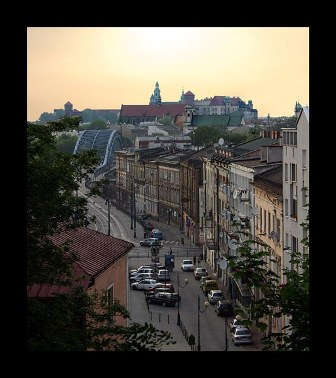
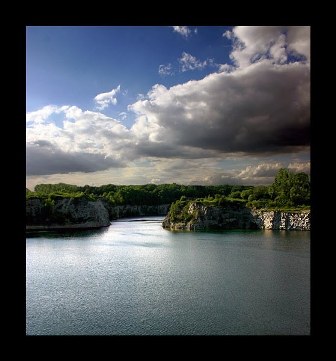
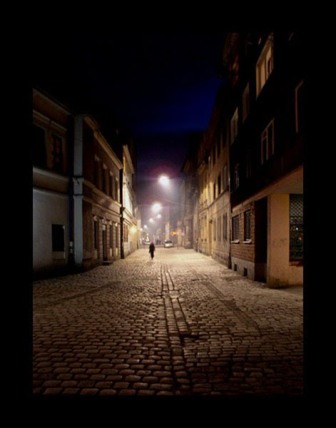
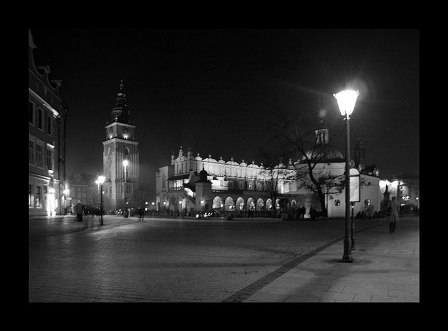

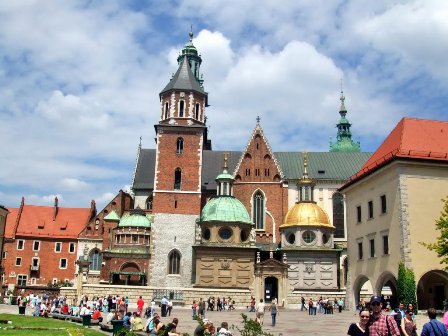
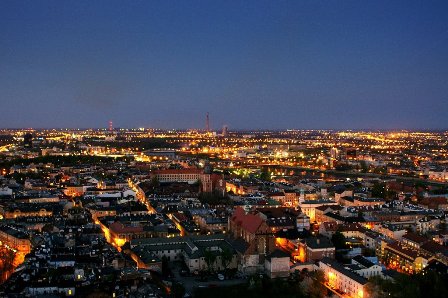
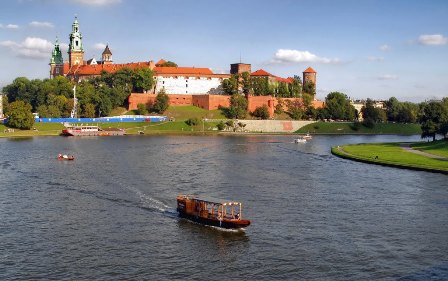
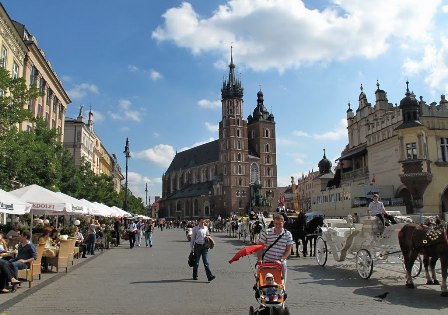
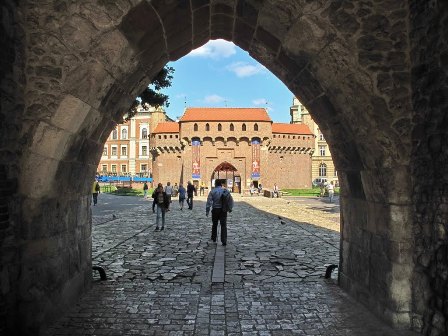
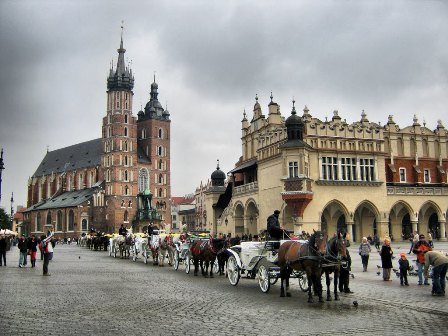
TRAVEL GUIDE TO WARSAW, POLAND
Warsaw is a city with long history and difficult destiny. After World War I around 85% of the city’s buildings were destroyed and all power was thrown into the development of the old city and its historical sites. The majority of sculptures, monuments and buildings were restored almost from nothing, making Warsaw even more miraculous and unique. The city is known as a cultural center of the country. There are 25 theatres, 43 museums and a philharmonic in the city. In order not to get lost in wide choice of sights, we should mention several main destinations that should be definitely included into a cultural program of any travellers who wants to know more about this wonderful city.
Old and new parts of the city are divided by a grandiose stone wall named Barbakan. The wall was built in the 14th century and it protected the center of Warsaw until the 18th century. The center of the old city is usually defined by Plac Zamkowy. On this square is installed the monument of Sigismund III – one of the oldest statues in Warsaw. Church of the Holy Cross is known as the most famous religious sight of the city. The church was built in the middle of the 16th century instead of a small wooden chapel that has stood there earlier.
One of the most beautiful city’s parks is named Lazienki Park and it’s located nearby the city’s center. When you decide to walk in this park, don’t forget to visit the Lazienki Palace or the Palace on the Water – one of the biggest cultural facilities of the city. In the palace guests will find magnificent greenhouses, an amphitheater, and several trading pavilions. The center of the modern culture – the Market Square – is the best place to see musicians and painters, see interesting shops and dine in one of the traditional restaurants of Warsaw. Among exhibition halls the biggest attention traditionally get Zacheta National Gallery, Art Gallery, and the Center of Modern Art. Travellers also like the Historical Museum, the Warsaw Archbishop Museum and the Royal Palace.
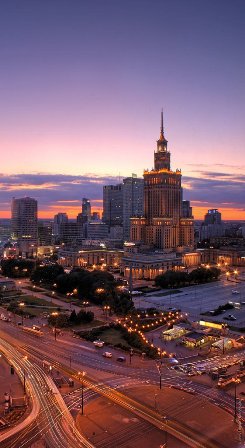
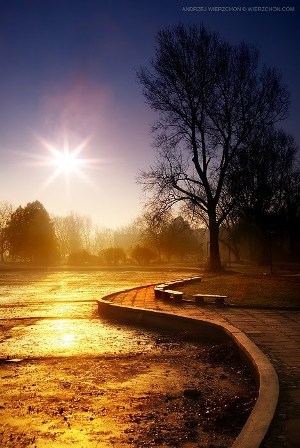
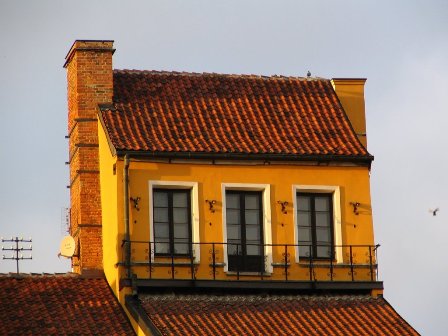
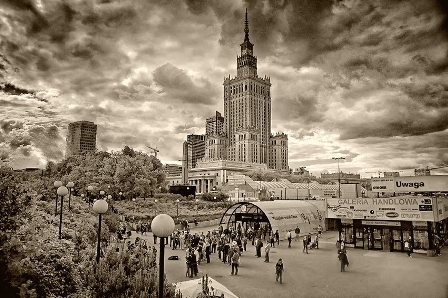
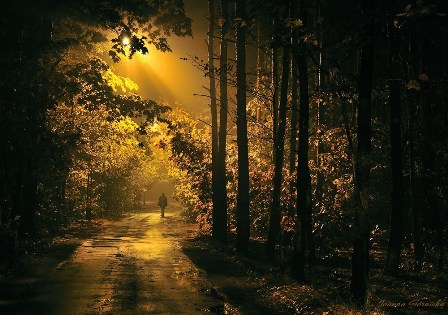
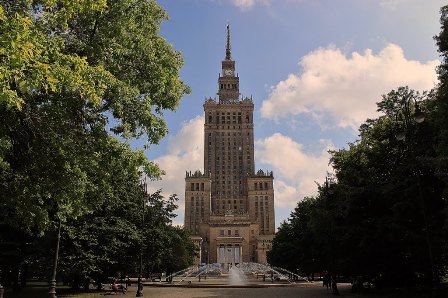

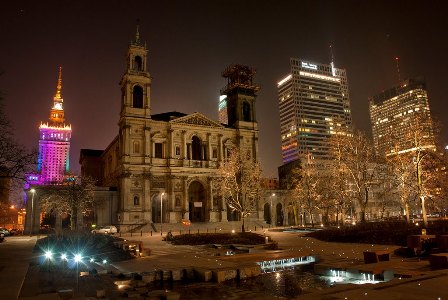
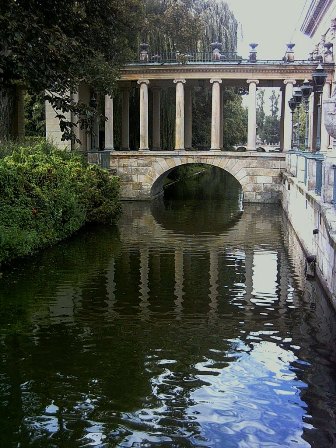
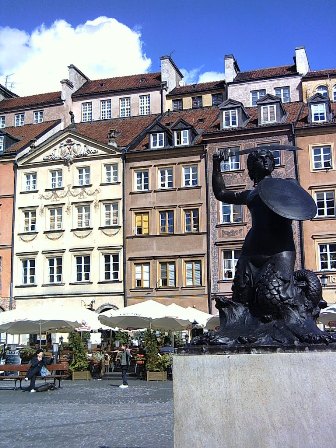
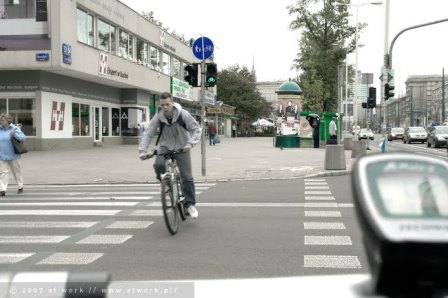
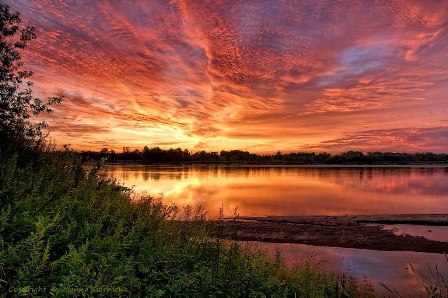
TRAVEL GUIDE TO WROCLAW, POLAND
Wroclaw is a capital of Lower Silesia province located on the south-west of Poland. The city is located on the Oder River and is 310 kilometers away from Warsaw and 200 kilometers away from the German’s Dresden.
Wroclaw is a unique city, a town of twelve islands that are connected through a system of bridges. There are 112 bridges in total here. Wroclaw has managed to keep the beauty of medieval architecture up to our days. Here you will find, for example, Town Hall – a magnificent building referred to gothic times or Leopoldina Hall that is famous as the largest building in the baroque style in whole Poland. In XVII century this in building was based the city’s university.
Wroclaw is the fourth largest city in Poland with population exceeding 700 thousands of people. This is a large industrial, communication, scientific and art center of the country. Here is also located the largest flour mill in Poland. In Wroclaw there are many machinery building plants and organizations involved into food industry. Moreover, Wroclaw is famous by its “Hutmen” factory specializing on output and production of copper.
The city has magnificent transport system, an airport of an international level, two huge railroad crossings, large automobile routes and 2 river ports.
Among places of interest in Wroclaw we should underline 9 museums, famous theatre performances (Opera, Music Theatre, Philharmonic), picture galleries, Wroclaw battle panorama, St John Cathedral, St Elisabeth Church, and more.
The historical center of the city traditionally attracts tourists by its beautiful parks, hotels, and luxurious restaurants. One more thing to mention – the locals are very friendly and hospitable.
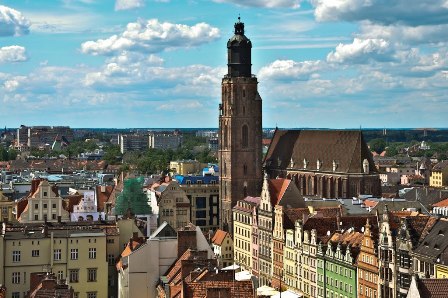
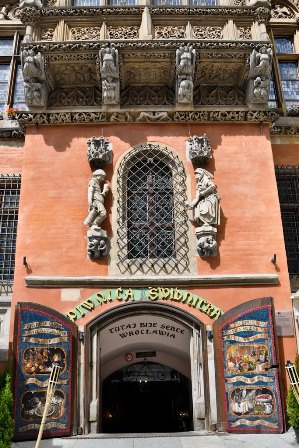
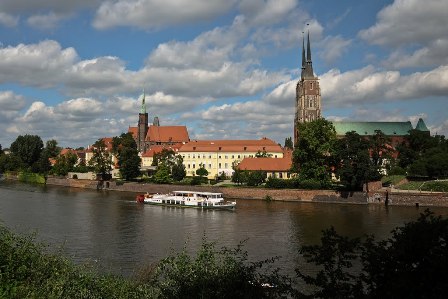
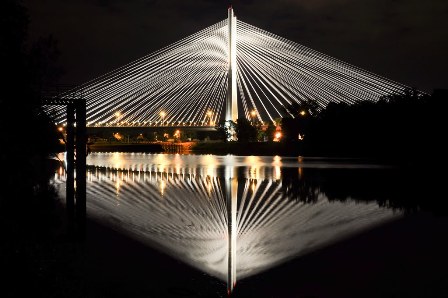
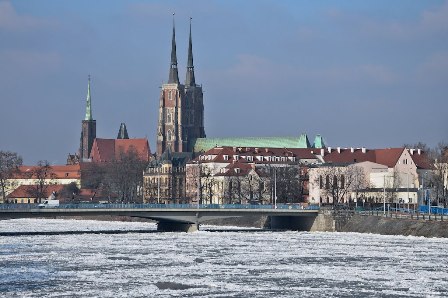
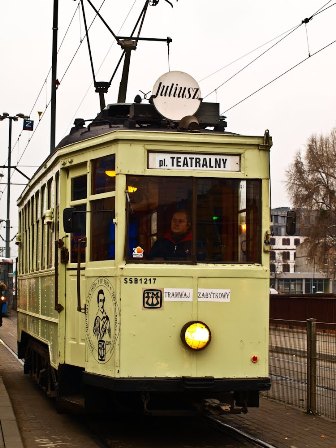
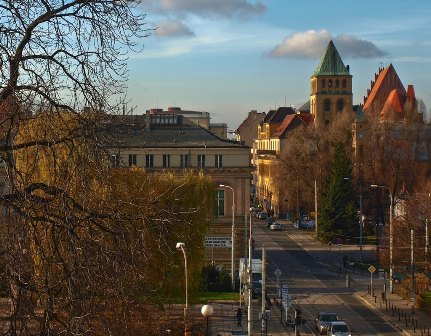
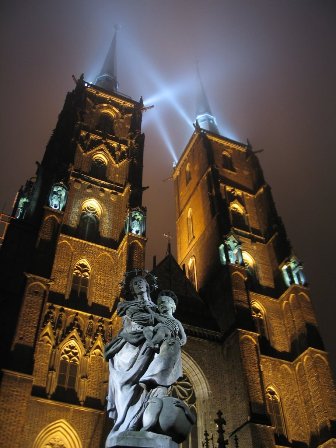
|











